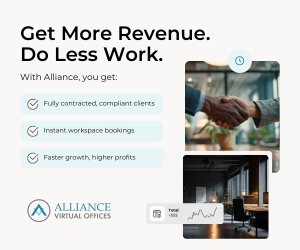While parts of the world seem to be emerging from the pandemic and returning to their old lives, organizations must resist returning to total pre-pandemic normalcy as they move forward.
Although the strict policies of working from home may be tiring for some, it has offered insight into potentially new styles of working that suit employees more.
So what can companies do to ensure that they don’t slip back into less-effective operations and work arrangements? For starters, leaders need to identify which practices are most beneficial to both employees and the bottom line.
The past year has been a time of experimentation and adaptability. Now, organizations should have an understanding of which policies are successful, why they were successful and how they can be implemented in the long run.
Leaders should encourage employee feedback to have a better understanding of what workers need from their work environment, whether that be a continuation of some remote working arrangements or a workspace close to their homes.
Additionally, removing old language, rules or systems that make it easy to fall back into old work habits can help push the company forward. For example, some universities are facing pressure from trustees to justify large university infrastructures that require in-person attendance as online schooling has proven to be very successful.
In this case, schools should identify which lectures are best conducted virtually, and which ones should require a physical presence. This same can be applied to the workplace.


 Dr. Gleb Tsipursky – The Office Whisperer
Dr. Gleb Tsipursky – The Office Whisperer Nirit Cohen – WorkFutures
Nirit Cohen – WorkFutures Angela Howard – Culture Expert
Angela Howard – Culture Expert Drew Jones – Design & Innovation
Drew Jones – Design & Innovation Jonathan Price – CRE & Flex Expert
Jonathan Price – CRE & Flex Expert











